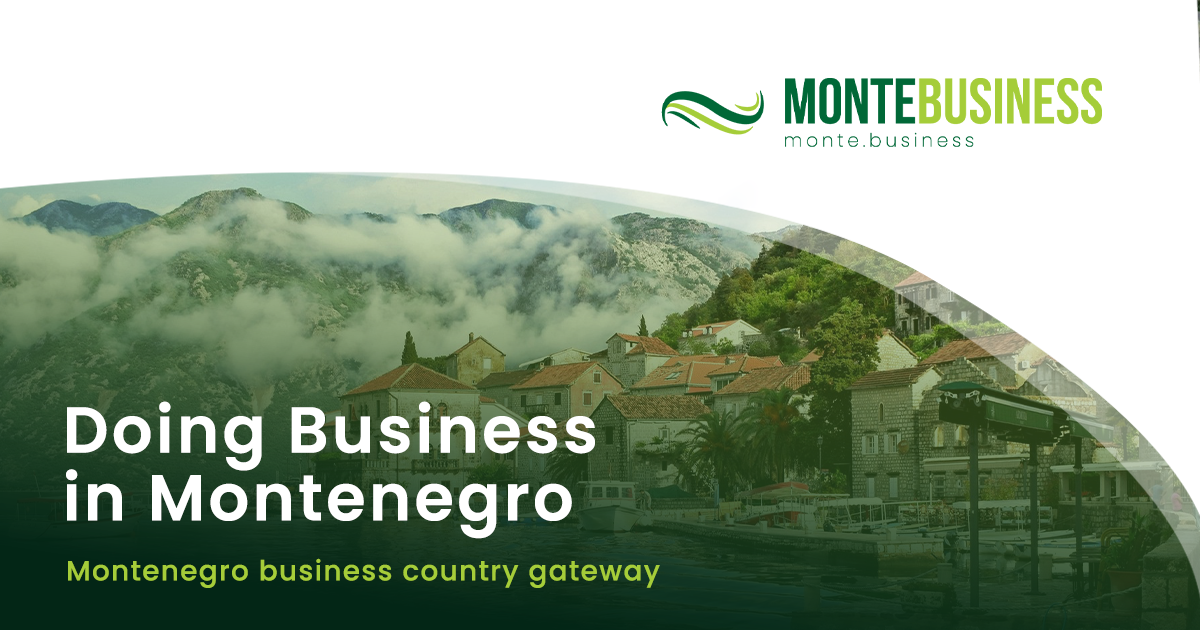Montenegro’s annual inflation rate reached 4.9 percent in September, continuing a steady rise since March when it stood at 2.6 percent, according to Monstat data. Economic analyst Mirza Mulešković attributed the increase mainly to domestic fiscal policies, including administrative wage hikes and tax increases, rather than global factors, noting that Montenegro’s inflation is now roughly double the European average of 2.2 percent.
Mulešković emphasized that the government has not implemented concrete measures to support domestic production or strengthen the real economy, which he sees as essential for controlling inflation. He criticized unsystematic economic management, pointing out issues such as milk overproduction due to poor market planning and the lack of promotion of Montenegrin products in local restaurants.
He called for a focus on domestic products, technological improvements, capacity expansion, and better market placement, along with rationalization of public administration costs. While inflation currently benefits public finances by increasing budget revenues, Mulešković warned it ultimately harms citizens’ purchasing power and could negatively affect the state if consumption declines.
Deputy Prime Minister and Minister of Economic Development Nik Đeljošaj stated that Montenegro’s inflation is primarily driven by imports and highlighted the need to increase funding for the agro-budget and domestic production support. This year, €3.5 million was allocated to support competitiveness in the food industry, with plans to raise it to €30 million next year. He also emphasized measures to promote domestic products, including labeling initiatives and proposed VAT reductions on fruits and vegetables.







